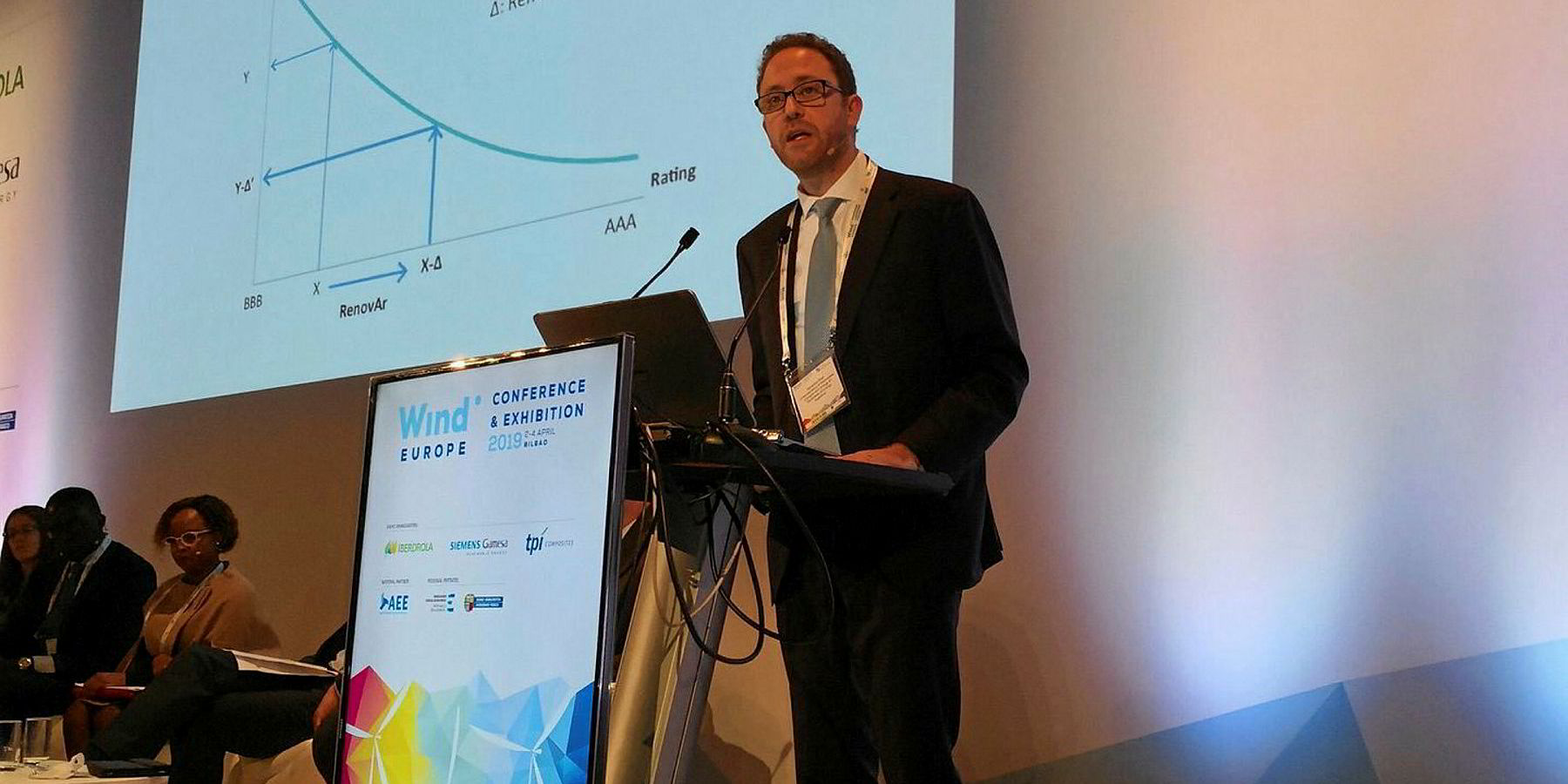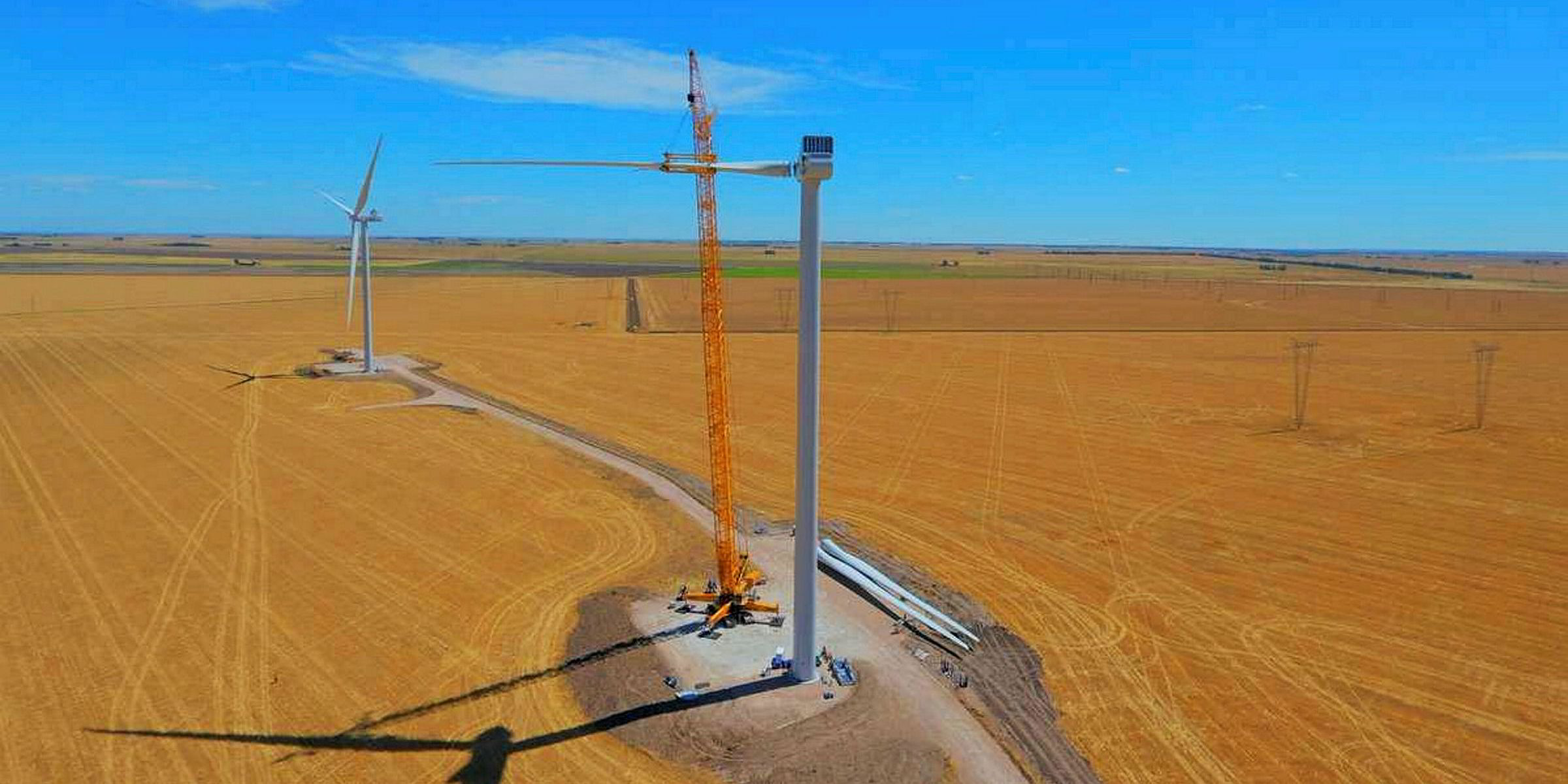Argentina plans to contract 1GW of renewable energy in a new tender round likely in November, according to reports there.
The tender, which would be Round 4 of the Latin American country’s renewable energy programme RenovAr, is expected to occur after October’s presidential elections, specialist industry publication Energía Estratégica reported.
It says the government plans to contract 750MW of wind and 250MW of solar PV projects, as well as new transmission lines and substations to allow for a much-needed expansion of Argentina’s 45,000km grid.
The lack of transmission capacity has forced the Argentine government to decelerate RenovAr, through which yearly regulated-market tenders are designed to allow the country to meet a 20% renewable energy supply goal by 2025. According to government estimates, this will involve adding 10GW of new, mainly wind and solar capacity to the country’s 39GW hydro fleet.
After two tender rounds in 2016 and 2017, which contracted a total of 2.5GW of wind and 1.5GW of solar PV projects, the government was forced to step down RenovAr as transmission line bottlenecks grew.
Although the government launched a private public partnership programme to expand transmission capacity by 2GW, a financial and currency crisis has been holding back investments in the country.
Argentina is currently holding a small-scale renewable energy tender – known as MiniRen, or Round 3 – which is contracting 350MW of small wind and solar projects and 50MW of other technologies with 10MW maximum capacity. MiniRen is expected to be concluded in the next few months.
According to Energía Estratégica, the Round 4 plans were announced in the last few days during a visit by renewable energy secretary Sebastian Kind to China, one of the biggest investors in renewables in the country.
The country's energy ministry would not comment when contacted by Recharge, but said it wants to restart tendering as soon as possible.
Since the beginning of the RenovAr programme, Argentina’s non-hydro renewable energy supply has reached a 5% share from under 2% in 2015. Wind capacity grew threefold to 1GW from around 270MW, and solar rose from almost nothing to 316MW in the same timeframe.


